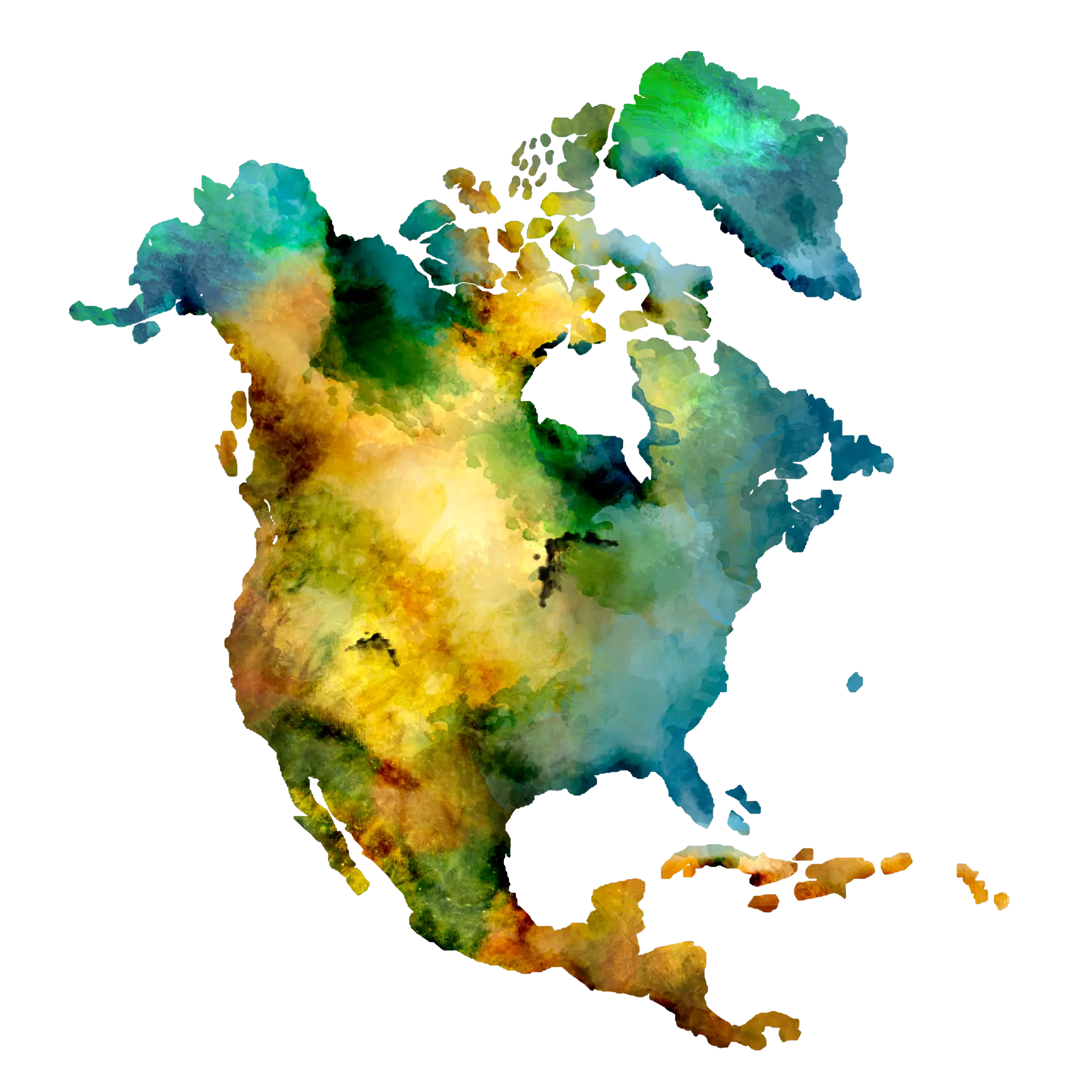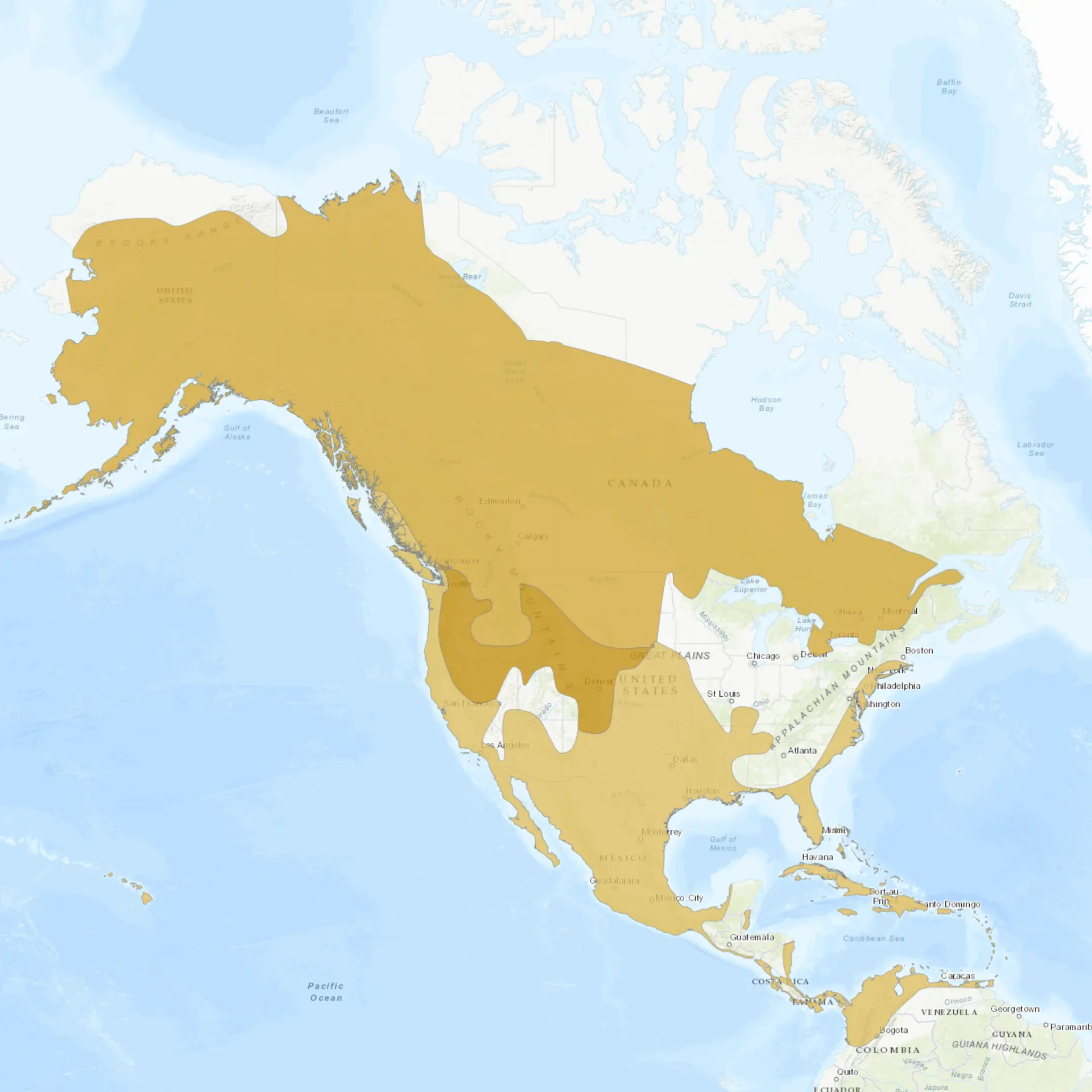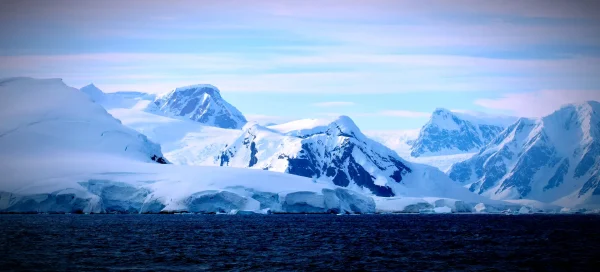Overview
The American Wigeon, also known as Mareca americana, is a medium-sized, colorful, dabbling duck in North America. Males are particularly striking during the breeding season with a green eyepatch, a white forehead, and a speckled gray body, while females are subtly colored with mottled brown plumage. Both sexes display a distinctive white patch on the wings, visible in flight. The species is known for its short neck and small bill, distinguishing it from other dabbling ducks.
American Wigeons are highly adaptable and can be found in various wetland habitats. They are known for their unique feeding habits, often stealing food from other ducks (kleptoparasitism) and grazing on land more than other duck species. They are social birds in the wild, often found in large flocks during migration and winter. Their distinctive, high-pitched whistling calls are a common sound in their habitats.
During the breeding season, American Wigeons become more territorial and are commonly found in pairs or small groups. They prefer nesting in areas with dense vegetation near water bodies. The female is primarily responsible for nest building and incubation, while the male guards the territory. After the ducklings hatch, they quickly become independent, although they stay with their parents for protection and guidance.
Taxonomy
Kingdom
Phylum
Class
Order
Family
Genus
Species
Type
Current distribution:
The American wigeon’s range extends across North America, with breeding populations concentrated in Alaska, Canada, and the northern United States. Wintering populations are found throughout the southern United States, Mexico, Central America, and the Caribbean. Migratory routes often follow major waterways and wetland systems, providing stopover habitats where wigeons can rest and refuel. They are a widespread species, frequently seen in wild and urban environments.
Although their distribution remains extensive, habitat loss and degradation have impacted some regional populations. The conversion of wetlands to agriculture and urban development has reduced the number of breeding and wintering sites available in certain areas. Conservation efforts, including wetland restoration and the establishment of wildlife refuges, have helped mitigate these impacts. Monitoring programs track their migratory patterns and habitat use to ensure critical areas are protected.
Physical Description:
The American Wigeon is a medium-sized duck with a distinctive appearance. During the breeding season, males have a bright green eyepatch, a white forehead, and a speckled gray body with a pinkish breast. Females are generally mottled brown, providing camouflage while nesting. Both sexes have a characteristic white wing patch, more prominent in males, and a short, spatulate bill.
They have a compact body shape with a round head and a small bill compared to other dabbling ducks. In terms of size, American Wigeons are generally about 42-59 cm in length. The species shows sexual dimorphism, with males being more brightly colored than females. Their plumage changes after the breeding season, with males adopting a more female-like eclipse plumage.

Lifespan: Wild: ~20 years || Captivity: ~20 years

Weight: Male: 1.6-2.4 lbs (730-1100 g) || Female: 1.3-2.2 lbs (600-1000 g)

Length: Male: 17-23 in (42-59 cm) || Female: 16-22 in (40-56 cm)

Wingspan: Male & Female: 30-36 in (76-91 cm)

Top Speed: 55 mph (88 km/h)
Characteristic:
Native Habitat:
The American Wigeon is native to North America, with its range extending from Alaska and Canada down to the northern parts of the United States. They favor shallow freshwater wetlands, marshes, lakes, and rivers, often with abundant vegetation. These environments provide them with ample food sources and suitable nesting sites.
They are typically found in northern regions with dense, marshy vegetation during the breeding season. They migrate to warmer climates in the southern United States and Mexico in winter. During migration, they often use coastal estuaries, wetlands, and agricultural fields as stopover points. Their adaptability to different habitats, including man-made environments, has helped them thrive across a broad range.
Climate Zones:
Biomes:
Biogeographical Realms:
Continents:
Countries:
Diet:
Diet & Feeding Habits:
American Wigeons are omnivorous, with a diet that includes aquatic plants, grasses, algae, and small aquatic animals. They are known for their ‘gleaning’ feeding style, plucking plant material from the water’s surface. Unlike many ducks, they also graze on land, feeding on grasses and crops, constituting a significant part of their diet.
They often use kleptoparasitism in the water, stealing food from other ducks, particularly diving species. This behavior allows them to access food that would otherwise be out of reach. They are adaptable feeders, changing their diet according to season and food availability. During the breeding season, their diet includes more insects and invertebrates, providing essential proteins for growing ducklings.
Mating Behavior:
Mating Description:
American Wigeons are monogamous, typically forming pairs during the breeding season. The male’s courtship display includes bobbing his head and making a whistling call to attract the female. Nesting usually occurs in dense vegetation near water, where the female lays 6-12 eggs. The male may stay near the nest site but not participate in incubation.
The female incubates the eggs for about 25 days and relies on her camouflage to protect the nest. After hatching, the ducklings are precocial and leave the nest within a day, following their mother to water. The male typically leaves the female once incubation begins, joining other males. The family group remains together until the young are ready to fly, about 45-60 days after hatching.
Reproduction Season:
Birth Type:
Pregnancy Duration:
Female Name:
Male Name:
Baby Name:
Social Structure Description:
American Wigeons are social birds, often found in large flocks, especially during migration and in wintering grounds. They exhibit solitary and gregarious behaviors, with the latter being more prominent outside the breeding season. During the breeding season, pairs become territorial and focus on raising their young.
In non-breeding times, they form large mixed-species flocks with other waterfowl, often seen feeding and roosting together. Their social interactions include communal feeding, where they can be observed engaging in kleptoparasitism and synchronized flying. This social behavior is beneficial for foraging efficiency and protection from predators.
Groups:
Conservation Status:
Population Trend:
The American Wigeon is considered a species of Least Concern by the IUCN, with a stable population trend. They are widespread throughout their range in North America. Although their exact population numbers are poorly documented, they are not currently considered at risk.
Habitat loss and degradation, particularly in wetland areas, are potential threats to their populations. However, their adaptability to various habitats and ability to use agricultural lands have helped maintain their numbers. Conservation efforts focus on preserving wetland habitats and monitoring population trends to ensure the species remains stable.
Population Threats:
The American Wigeon, a species of dabbling duck, faces several environmental challenges that threaten its population. The most significant of these is the loss and degradation of their habitat, particularly in wetland areas, crucial for survival. This habitat destruction is largely due to human activities such as development and agricultural expansion, which infringe upon and alter these natural environments. Additionally, pollution and water quality issues in these habitats pose a serious risk to the health and food sources of the American Wigeon, affecting their ability to thrive and reproduce.
Climate change presents a looming, long-term threat to the American Wigeon, with potential impacts on their migratory patterns and the availability of suitable habitats. Climate changes can alter the ecosystems these ducks rely on, potentially disrupting their traditional migration routes and the timing of their movements. While hunting and human disturbance also threaten local populations, these impacts are generally less significant than the broader habitat-related challenges. To ensure the American Wigeon’s long-term survival, conservation efforts must address these environmental threats, protect and restore vital habitats, and mitigate the impacts of climate change.
Conservation Efforts:
Conservation efforts for American Wigeons focus on habitat conservation and protection. Wetland conservation initiatives and environmental regulations are crucial in maintaining the quality and availability of their habitats. Protected areas and nature reserves provide critical breeding and feeding grounds.
Research and monitoring their populations help understand their ecology and inform conservation strategies. Environmental education and awareness programs aim to reduce human disturbance and promote sustainable land use practices. Efforts to address climate change and its impact on migratory birds are also essential for their long-term conservation.
Additional Resources:
Fun Facts
- American Wigeons are also known as “Baldpate” due to the male’s distinctive white forehead.
- They have a unique, high-pitched whistling call, often heard before the birds are seen.
- Unlike many dabbling ducks, American Wigeons are often seen grazing on land, particularly fond of young grass shoots.
- These ducks are opportunistic and are known to join other species of diving ducks and steal their food as it is brought to the surface, a behavior known as kleptoparasitism.
- In flight, American Wigeons are identifiable by their fast wingbeats and the distinctive white patch on their wings.
- The American Wigeon’s diet changes seasonally; in the summer, they eat more insects and invertebrates, while in the winter, they consume primarily plant material.
- They are among the last ducks to migrate south in the fall and among the first to head north in the spring.
- During the mating season, male American wagons can be quite aggressive, defending their territory and pursuing females.
- American Wigeons are well adapted to cold environments and are known to spend their winters further north than most other dabbling ducks.
- Despite their common status, American Wigeons are popular among birdwatchers for their striking appearance and distinctive behaviors.























































































